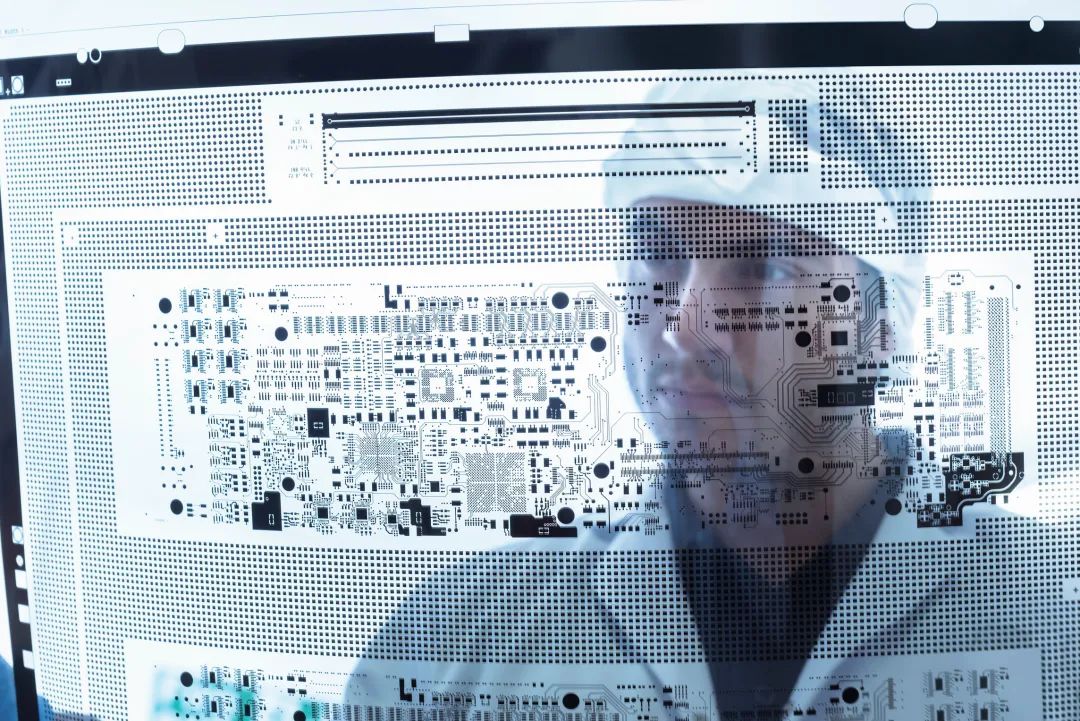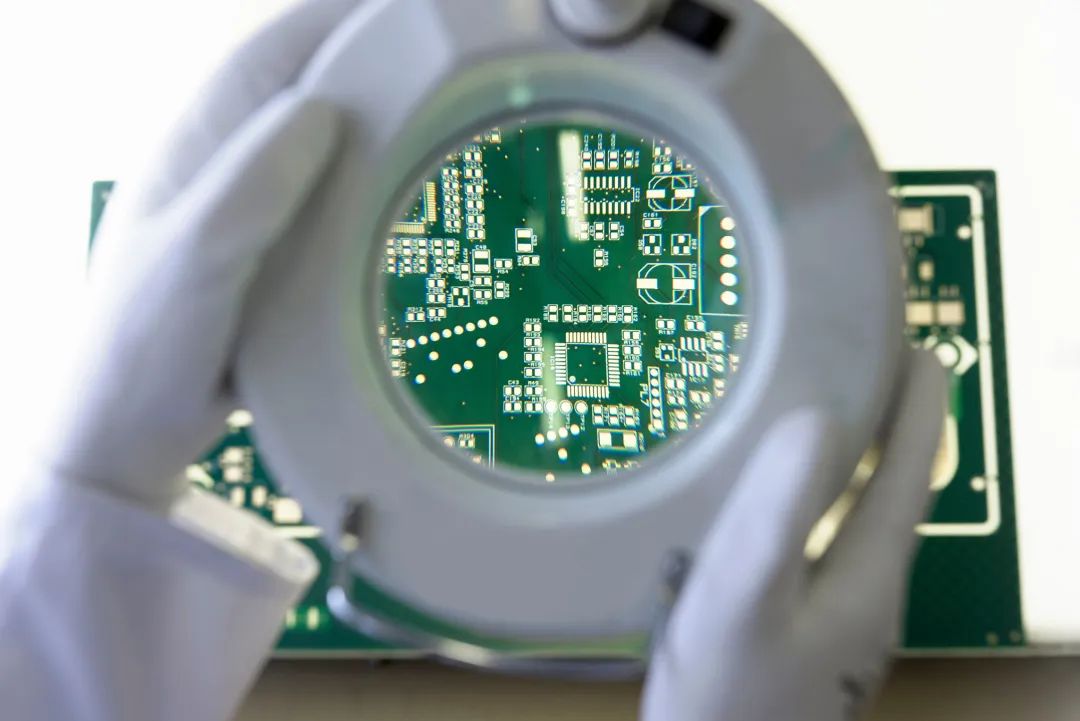The heat dissipation of PCB circuit board is a very important link, so what is the heat dissipation skill of PCB circuit board, let’s discuss it together.
The PCB board that is widely used for heat dissipation through the PCB board itself is copper-covered/epoxy glass cloth substrate or phenolic resin glass cloth substrate, and there is a small amount of paper-based copper-covered sheet used. Although these substrates have excellent electrical properties and processing properties, they have poor heat dissipation, and as a heat dissipation pathway for high-heating components, they can hardly be expected to conduct heat by the PCB itself, but to dissipate heat from the surface of the component to the surrounding air. However, as electronic products have entered the era of component miniaturization, high-density installation, and high-heat assembly, it is not enough to rely only on the surface of a very small surface area to dissipate heat. At the same time, due to the large use of surface mounted components such as QFP and BGA, the heat generated by the components is transmitted to the PCB board in large quantities, therefore, the best way to solve the heat dissipation is to improve the heat dissipation capacity of the PCB itself in direct contact with the heating element, which is transmitted or distributed through the PCB board.
PCB layout
a, the heat sensitive device is placed in the cold air area.
b, the temperature detection device is placed in the hottest position.
c, the devices on the same printed board should be arranged as far as possible according to the size of its heat and heat dissipation degree, small heat or poor heat resistance devices (such as small signal transistors, small-scale integrated circuits, electrolytic capacitors, etc.) placed in the most upstream of the cooling air flow (entrance), Devices with large heat generation or good heat resistance (such as power transistors, large-scale integrated circuits, etc.) are placed at the downstream of the cooling stream.
d, in the horizontal direction, the high-power devices are arranged as close as possible to the edge of the printed board in order to shorten the heat transfer path; In the vertical direction, the high-power devices are arranged as close as possible to the printed board, in order to reduce the impact of these devices on the temperature of other devices when they work.
e, the heat dissipation of the printed board in the equipment mainly depends on the air flow, so the air flow path should be studied in the design, and the device or printed circuit board should be reasonably configured. When the air flows, it always tends to flow where the resistance is low, so when configuring the device on the printed circuit board, it is necessary to avoid leaving a large airspace in a certain area. The configuration of multiple printed circuit boards in the whole machine should also pay attention to the same problem.
f, more temperature-sensitive devices are best placed in the lowest temperature area (such as the bottom of the device), do not put it above the heating device, multiple devices are best staggered layout on the horizontal plane.
g, arrange the device with the highest power consumption and the largest heat dissipation near the best location for heat dissipation. Do not place devices with high heat in the corners and edges of the printed board, unless a cooling device is arranged near it. When designing the power resistance, choose a larger device as much as possible, and adjust the layout of the printed board so that it has enough space for heat dissipation.
Post time: Mar-22-2024









